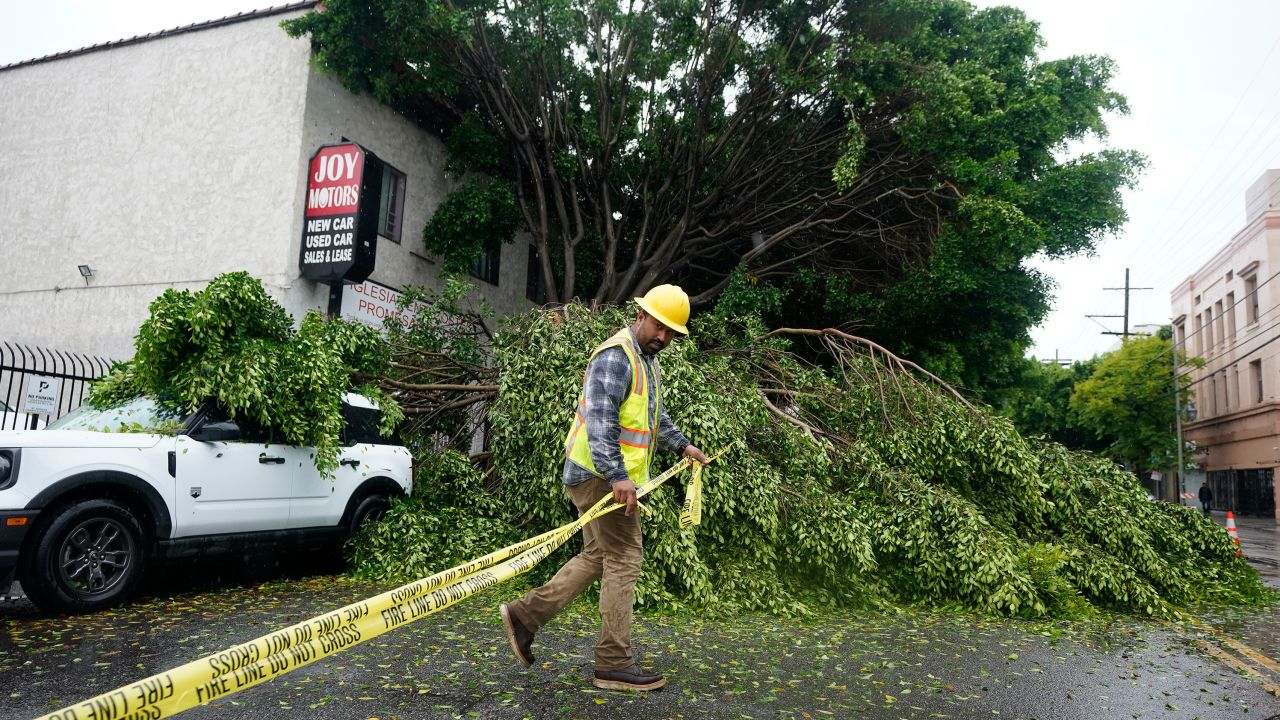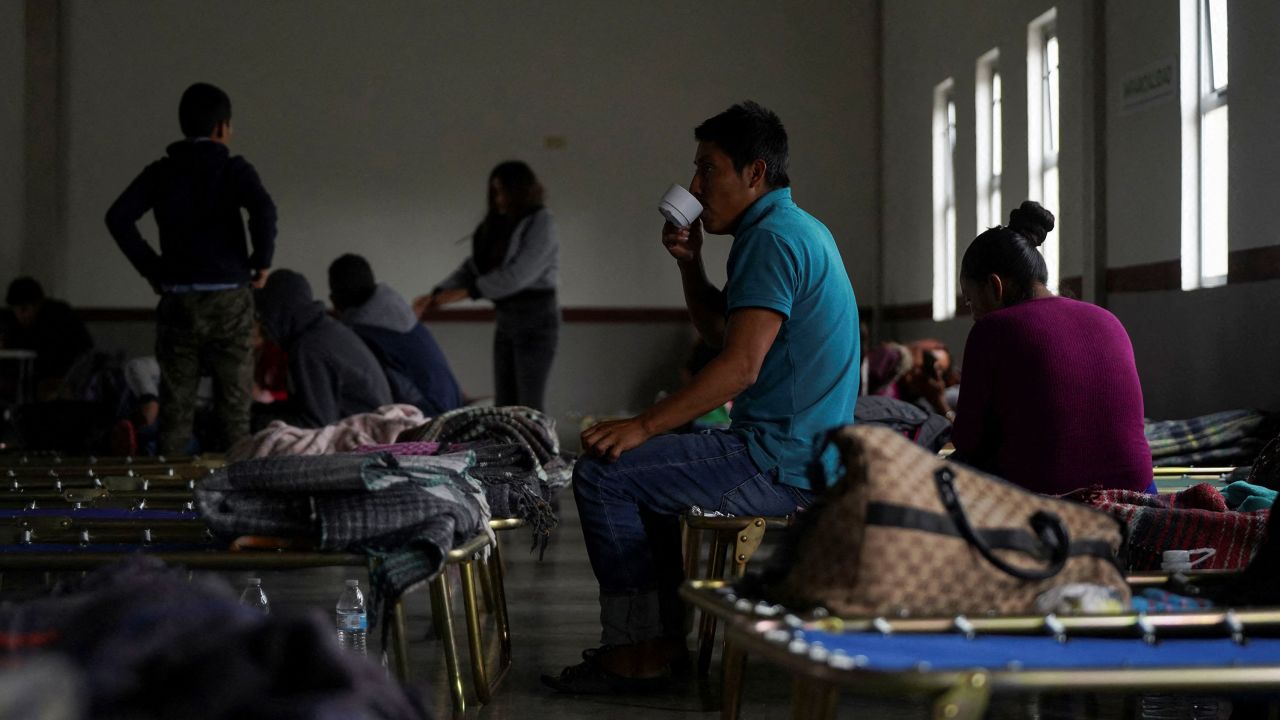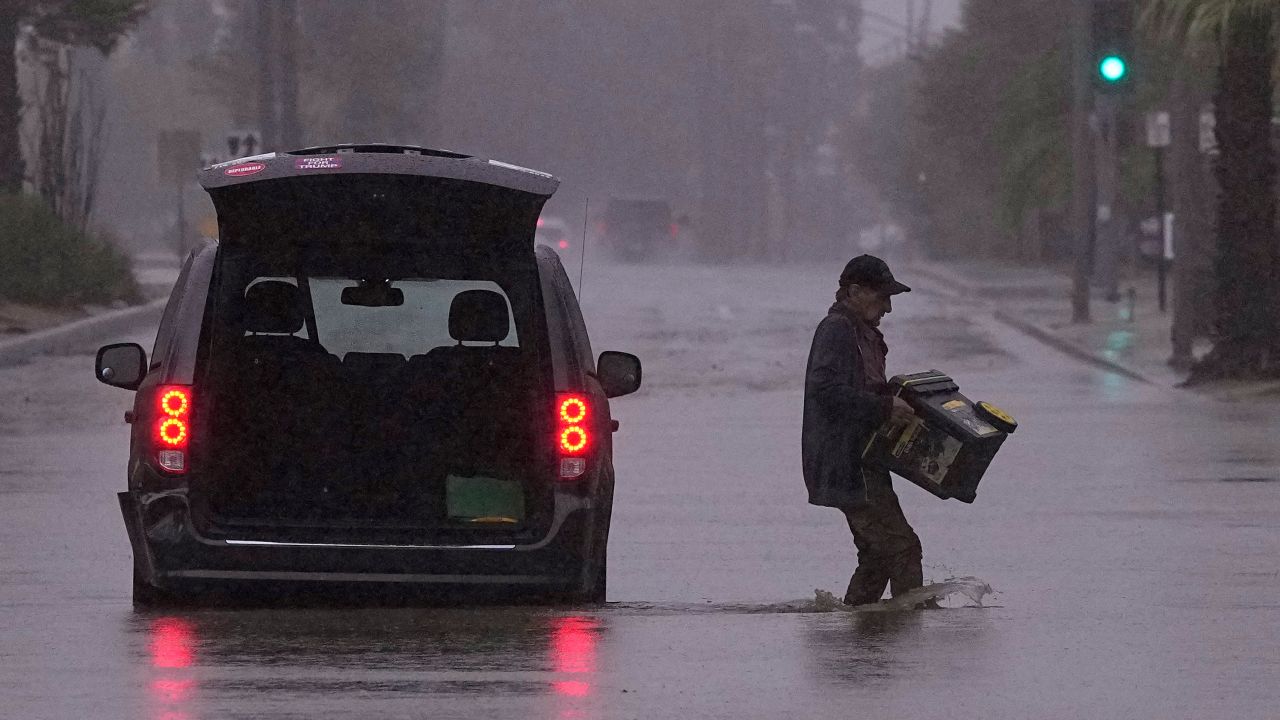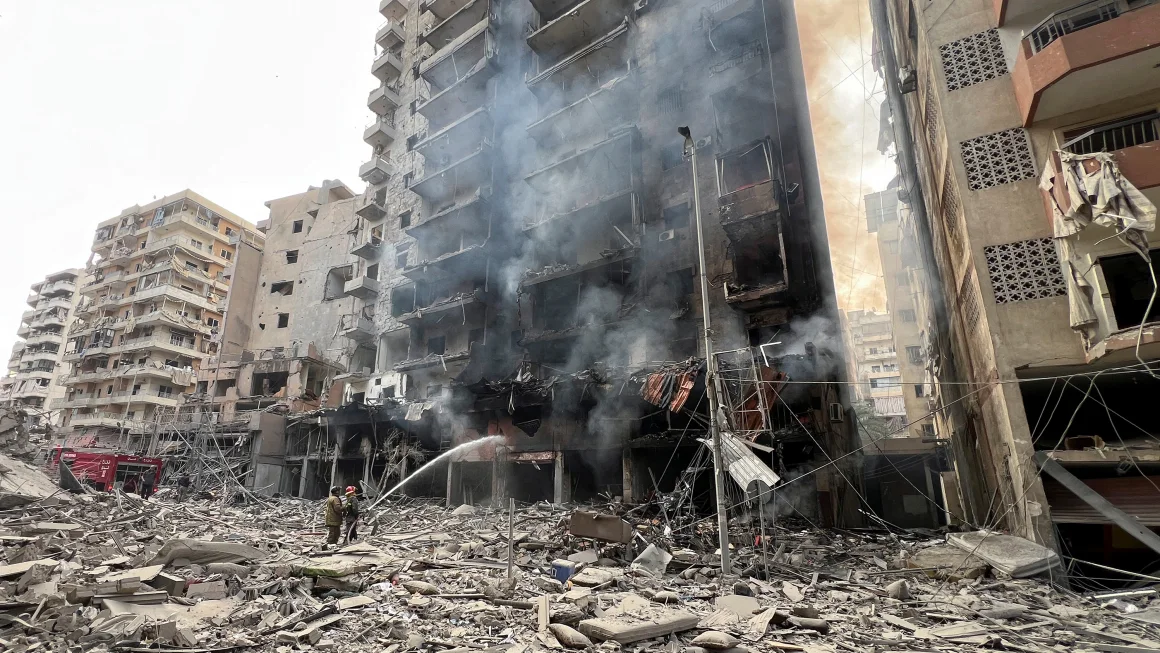CNN — Hilary has weakened to a post-tropical cyclone that’s still threatening deadly flooding and powerful gusts across parts of the West as it’s turned streets into raging rivers, forced some residents to flee and left others in need of rescue.
After hitting Southern California on Sunday as a tropical storm – the state’s first since 1997 – Hilary headed into Nevada as the state’s first tropical storm and was moving over central parts of the state early Monday, about 390 miles north of San Diego, packing sustained winds of 35 mph with higher gusts, the National Hurricane Center said.
Live updates: Hilary brings major flood risk to California
The storm broke rainfall records in multiple locations across Southern California. Palm Springs received nearly a year’s worth of rain – 4.3 inches – in 24 hours, one of the rainiest days in the city’s history. Nearly half a year’s worth of rain fell in just a six-hour period there.
Death Valley nearly set a new mark for wettest day on record with 1.68 inches of rain. Nearly a month’s worth of rain fell there in one hour on Sunday, with 0.63 inches reported by the Furnace Creek Observation site. The area usually receives just 0.21 inches of rain the entire month of August.
More rain is expected to cause dangerous flash, urban and arroyo flooding in some places, including landslides, mudslides and debris flows. Localized flooding is expected into Tuesday morning across northern portions of the Intermountain West.
In Palm Springs, roads already are closed, and 911 lines have been down since about 10:30 p.m. Sunday night, Mayor Grace Garner said Monday on “CNN This Morning.” Residents should text 911 in case of emergency.
“There is no way in or out of Palm Springs,” Garner said.
“We are not used to this level of precipitation, generally – certainly not in the middle of summer,” San Diego Mayor Todd Gloria told CNN on Sunday.
“With what we’re expecting, it may overwhelm us.”
Here’s the latest:
• Flood watches are in effect for more than 16 million people from Southern California to northern Idaho. Places that normally don’t see flash flooding “will flood,” the National Weather Service said. “Lives and property are in great danger through Monday.”
• Strong and gusty winds are due to persist Monday across portions of the Western US, particularly in and near areas of higher terrain. Coastal tropical storm warnings have been discontinued.
• More than 40,000 customers are in the dark across California, PowerOutage.us reports. About 20,000 customers in Southern California have no power, Southern California Edison President and CEO Steve Powell said Monday on “CNN This Morning,” adding crews are out “looking to bring power back on as safely as we possibly can.”
• People in parts of Southern California should not travel unless they are fleeing an area under flooding or under an evacuation order, the National Weather Service has warned.
• Flooding, mudslides and downed trees and wires are widely reported across Southern California. At least nine people were rescued Sunday in a San Diego riverbed, San Diego Fire-Rescue said, with water rescues also reported in Ventura County and Palm Springs.

To the west, Los Angeles and Ventura counties saw “considerable damage” Sunday night amid reports of life-threatening flash flooding, and rock and mudslides, the National Weather Service said, adding up to half an inch of rain could fall per hour.
Cars were stuck in floodwaters in the Spanish Hills area, the National Weather Service reported.
And as Hilary triggered flood warnings across Los Angeles, a magnitude 5.1 earthquake on Sunday afternoon shook the area and other parts of Southern California, the United States Geological Survey said.
Roads deluged with mud and water
Once a hurricane, Hilary weakened as it made landfall Sunday in Mexico – where at least one person died – then crossed into the Golden State. The storm’s center was roughly 10 miles southeast of downtown Los Angeles around 8 p.m. local time Sunday, moving north with weakened 45-mph winds, according to the hurricane center.
s the storm barreled through, covering roadways with debris and water, roads were blocked across Southern California by Sunday night. A section of Interstate 8 in Imperial County, east of San Diego, was closed Sunday after boulders came loose from an adjoining slope and fell into the road.
In San Bernardino County, a stretch of State Route 127 covered in floodwaters was closed, while a section of Interstate 15 was shuttered in Barstow because of downed power lines after a lightning strike, authorities said.

Residents of the Serrano Square neighborhood in San Bernardino County’s Yucaipa were ordered to evacuate Sunday night, while those in the community of Forest Falls and on Oak Glen Road were told to shelter in place as mud and debris blocked a nearby roadway.
Crews across the region Sunday evening rescued people caught in the storm, including at least nine in a riverbed area in San Diego. “Crews are still looking for more people who may need help. #riverrescue,” San Diego Fire-Rescue said.
And Ventura County firefighters searched the Santa Clara River for people trapped in the waters on Sunday night, videos show.
The storm led to other disruptions across Southern California, with many parks, beaches and other locations closed as officials called on residents to stay indoors.
The Los Angeles Unified School District – the nation’s second largest school district – will be closed Monday because of the storm. So will campuses in the Pasadena Unified School District and the San Diego Unified School District, officials there announced.
Record rainfall in Southern California
California had been preparing for difficult conditions, positioning first responders across Southern California to brace for water rescues in flood-prone areas like wildfire burn scars and deserts amid fears areas unaccustomed to rain could suddenly receive a year’s worth or more, triggering flash floods and landslides.
Rainfall totals have been significant:
Daily and monthly rainfall records were broken Sunday, with 1.53 inches falling in downtown Los Angeles, 1.56 inches in Long Beach and 2.95 inches in Palmdale, according to the weather service.
There have been at least three swift water rescues so far in Palm Springs, police department lieutenant Gustavo Araiza told CNN.

Santa Clarita, about 30 miles north of Los Angeles, experienced steady rain for about 10 hours, with the storm dropping well over four inches of rain on the valley. Parts of Sand Canyon Road could be seen falling into rushing water.
By late Sunday, the National Weather Service had sent a mass alert to cell phone users in parts of the county saying, “Do not attempt to travel unless you are fleeing an area subject to flooding or under an evacuation order.”
San Bernardino Fire Battalion Chief Mike McClintock said evacuation orders are meant to help residents escape areas that may face serious flooding, and warnings should be heeded immediately.
“If we ask you to evacuate, we don’t take that lightly,” McClintock said in an interview with CNN. “We’re asking you based on predictions and concerns, and we want you to get out sooner rather than later.”
CNN Meteorologists Gene Norman and Monica Garrett and CNN’s Lauren Mascarenhas, Cheri Mossburg, Jamiel Lynch, Eric Zerkel and Sarah Moon contributed to this report.


